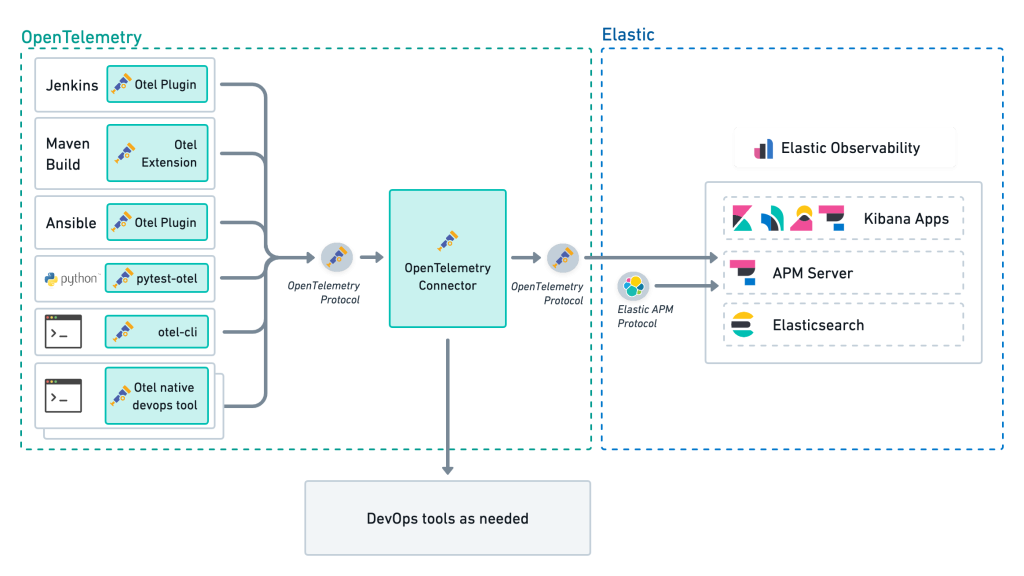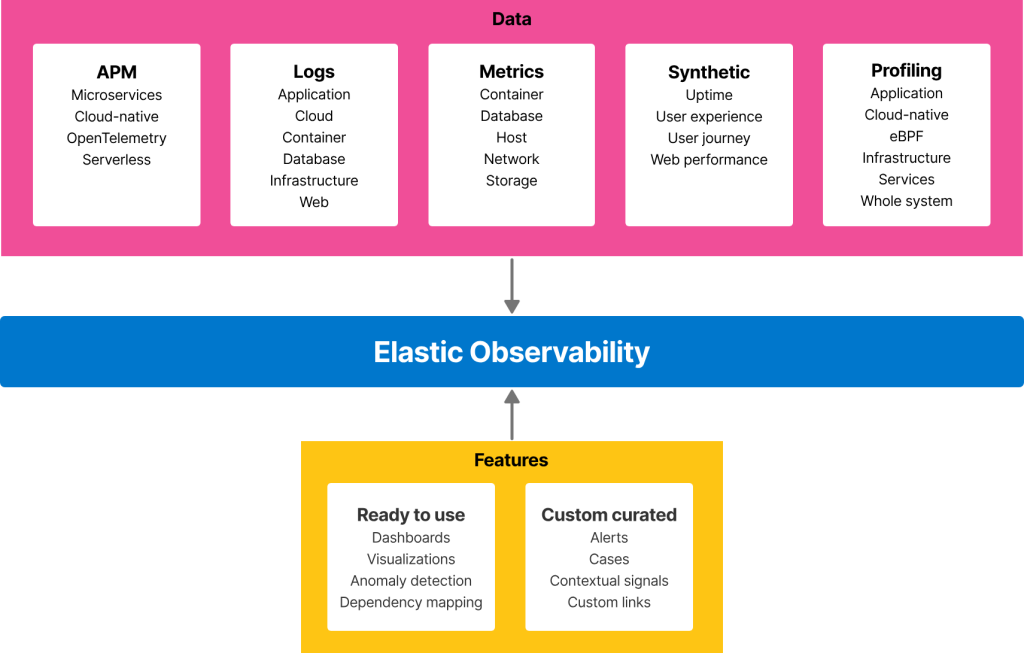
Are you curious about how Elastic is using MLOps in monitoring and observability? Well, you’ve come to the right place! In this blog post, we’ll discuss all the details about how Elastic is implementing MLOps in their monitoring and observability strategies. So, let’s get started!
What is MLOps?
Before we dive into how Elastic is using MLOps, let’s first understand what MLOps is. MLOps is a set of practices that are used to streamline the entire machine learning lifecycle. It involves collaboration between data scientists, developers, and operations teams to build, test, and deploy machine learning models. The goal of MLOps is to ensure that machine learning models are efficient, accurate, and scalable.
Elastic’s Approach to MLOps
Elastic has been using MLOps to enhance their monitoring and observability strategies. Elastic’s approach to MLOps involves the following steps:
Step 1: Data Collection
The first step in Elastic’s MLOps approach is data collection. Elastic collects data from various sources, including logs, metrics, and traces. They use this data to train their machine learning models.
Step 2: Model Training
Once the data is collected, Elastic trains their machine learning models using this data. They use various techniques such as supervised learning and unsupervised learning to train their models.
Step 3: Model Evaluation
After training the models, Elastic evaluates their performance using various metrics such as accuracy, precision, and recall. They use these metrics to determine if the models are accurate and reliable.
Step 4: Model Deployment
Once the models are trained and evaluated, Elastic deploys them in their monitoring and observability systems. They use these models to detect anomalies, predict failures, and provide insights into their systems’ performance.
Step 5: Model Monitoring and Maintenance
Finally, Elastic continuously monitors and maintains their machine learning models to ensure that they remain accurate and reliable. They also update their models as needed to keep up with changes in their systems.
Benefits of Elastic’s MLOps Approach
Elastic’s MLOps approach has several benefits, including:

Improved Accuracy
By using machine learning models, Elastic is able to detect anomalies and predict failures more accurately than traditional monitoring and observability strategies.
Faster Detection and Response
Machine learning models can quickly detect anomalies and predict failures, allowing Elastic to respond faster to issues and minimize downtime.
Scalability
Machine learning models can be scaled easily, allowing Elastic to monitor and observe their systems at a larger scale.
Cost-Effective
By using machine learning models, Elastic is able to reduce the need for manual intervention, which can be costly.
Conclusion
In conclusion, Elastic’s use of MLOps in monitoring and observability is a game-changer. By using machine learning models, Elastic is able to improve the accuracy of their monitoring and observability strategies, respond faster to issues, scale their systems, and reduce costs. If you’re interested in implementing MLOps in your monitoring and observability strategies, Elastic’s approach is definitely worth considering.